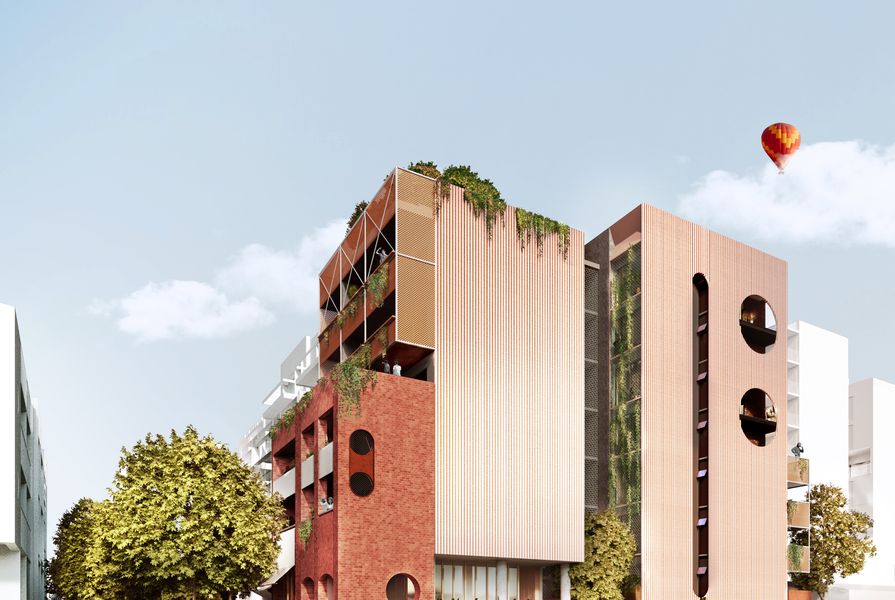The 2020 International Women’s Day gives pause to reflect on what an “equal, enabled” world means in the face of global challenges.
Gender equity in the built environment professions – including architecture, design and construction – is moving beyond theorizing and planning change, into action. Organizations are setting benchmarks, such as the Australian Institute of Architects’ Gender Equity committee’s implementation of the 40:40:20 rule (40 percent men, 40 percent women and 20 percent open), and more women are taking up high-level leadership roles.
Cultivating diversity within the profession – including those from marginalized groups beyond the context of gender – will lead to new opportunities for approaching things differently. At a time where it has never seemed more urgent to find alternative methods and practices (in all aspects of life), this action seems critical.
“An equal world is an enabled world” is the theme of International Women’s Day 2020 and “Women in step with change” was the theme of the Victorian Chapter of the Australian Institute of Architects’ breakfast celebration. Six female leaders including Institute CEO Julia Cambage and Victorian Chapter president Amy Muir, Rachel Nolan and Victoria Reeves of Kennedy Nolan, Jacinda Sadler of Sadler Architects and Nadine Samaha of Level-ak talked through the major challenges facing all architects today. The panel urged the audience to harness the problem-solving skills of an architect in facing the challenges of climate change, mental health, affordable housing and homelessness. As Muir said, “We need to continue to find ways to individually and collectively advocate for change.”
Between 2011 and 2016, the fastest growing cohort of homeless Australians was older women aged 55 and over.1 What we see of homelessness on the streets of Australian cities is only a very small percentage of the problem and Nolan reminded us that “homelessness isn’t just about sleeping rough – it’s about a whole lot of pressures about where you live.”
A need for more diversity in housing models and types is a challenge for architects. Reeves and Nolan discussed their contribution to Nightingale Village, noting that it “was a valuable tool or education model. It’s a lesson in understanding the work that developers do. It’s hard to make things as affordable as possible.” In one example, Nolan shared that her practice’s Nightingale included a 42-square-metre bedsit (valued at $300,000) that was originally deemed unacceptable by the planning authorities, but has since been approved. Although small in footprint, it provides a (relatively) affordable apartment with the benefits and amenity of living in the village.
Being equipped with the right tools means education and knowledge sharing is imperative when facing the numerous challenges in the world today. When asked of her top tips for architects dealing with the challenge of climate change, Sadler reminded us that it is “important to rethink the whole system and constantly look for new answers. There isn’t one single answer to this problem.”
Only by continuing to talk, and to respond mindfully to our changing landscape and communities, do we have a chance of addressing the complex environmental, social and cultural challenges that we face.
The Australian Institute of Architects held International Women’s Day Breakfasts through its chapters around the country.

















